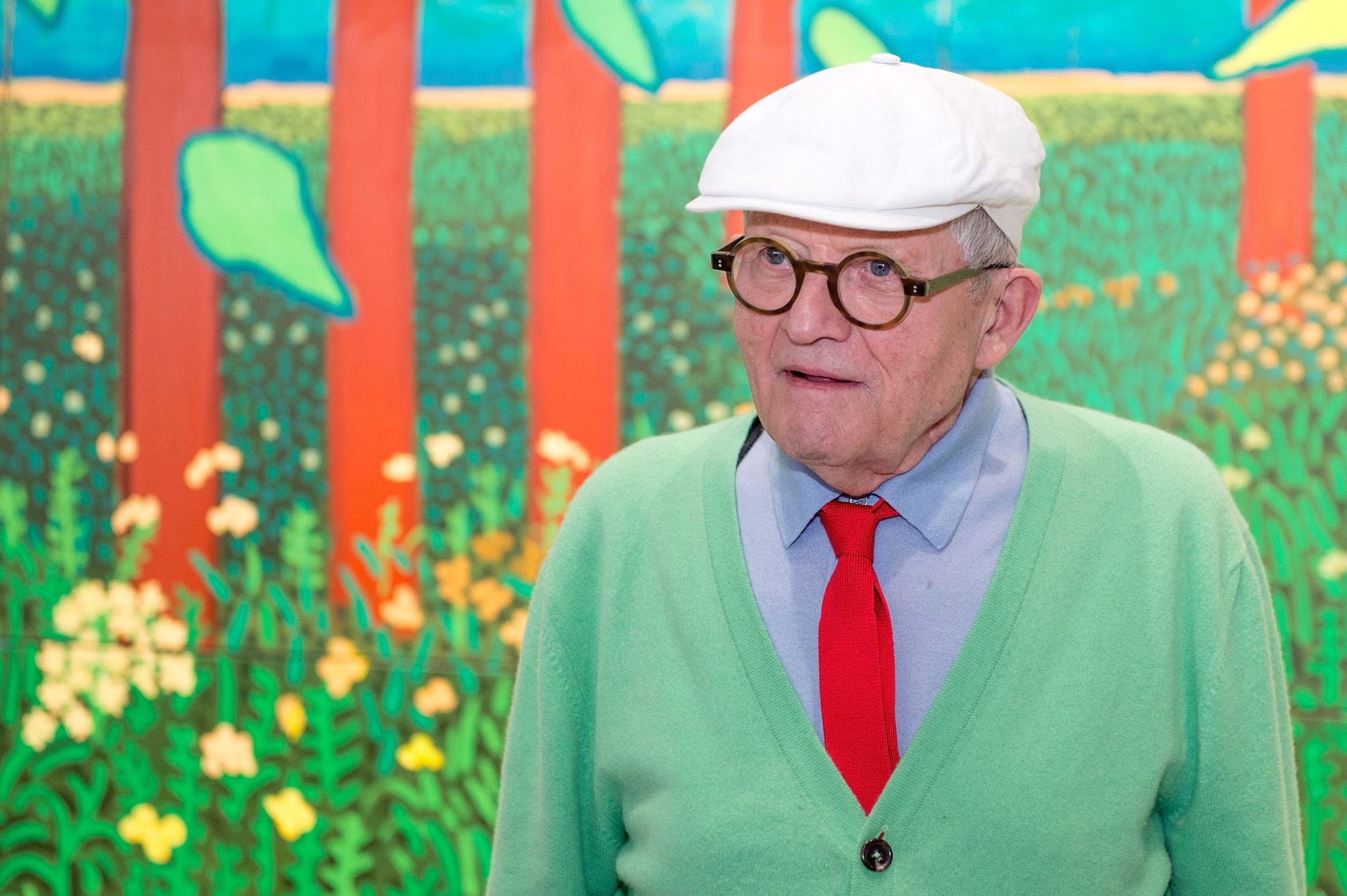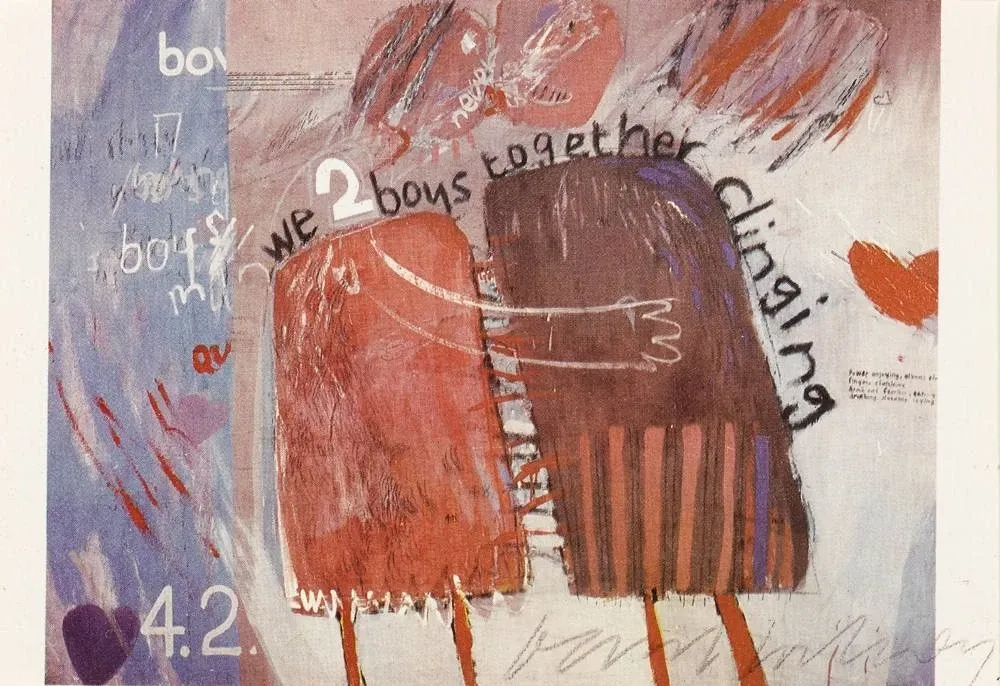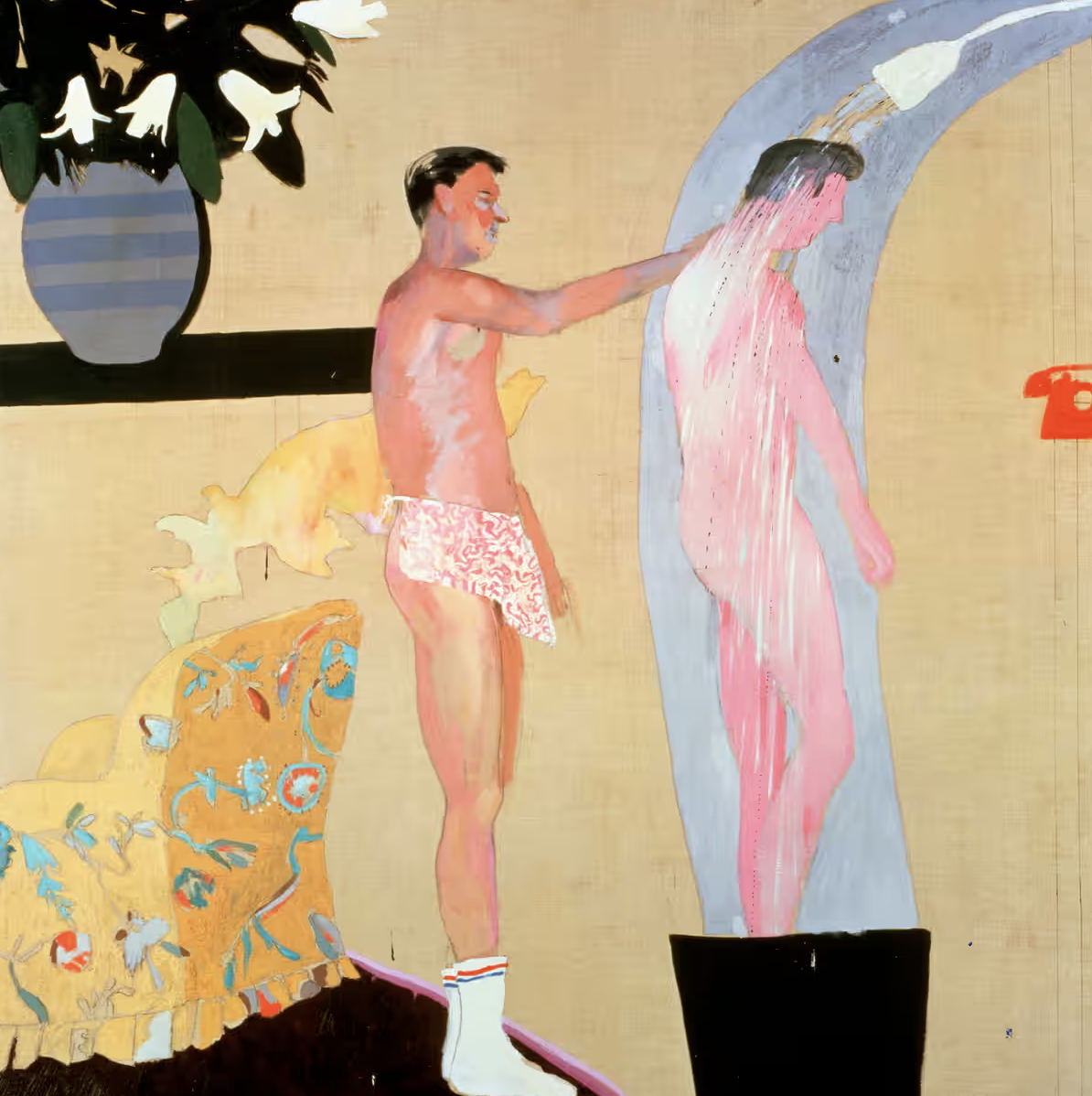Painting his way into the hearts of art enthusiasts around the world, British artist David Hockney is considered one of the most influential artists of the past century. Born in 1937, the artist greatly contributed to the Pop Art movement of the 1960s with his distinctive style using mediums such as paintings, drawings, printmaking, watercolours, and photography.
Standing as a beacon of brilliance for his captivating craft but also for the hues of diversity he has painted onto the canvas, Hockney's narrative unfolds against the backdrop of his identity as a gay artist, intertwining with the United Nations Sustainable Development Goal of Reduced Inequalities.

Hockney's creative journey started in the traditional England of the mid-20th century, when social mores frequently obscured the range of personal identities. Hockney's experience as a gay man navigating a period when such identities were not always accepted was an uphill battle. His work evolved from being only a mirror of his environment to being a protest against social norms.
In his artwork, such as the 1961 painting We Two Boys Together Clinging—which was inspired by a Walt Whitman poem titled, "When I heard at the close of the day"—Hockney has delved into the subject of homosexuality. The same theme has also been explored in his other works, such as Domestic Scene, Los Angeles, where two men are painted together, one man washing the other’s back as they shower together.

“What one must remember about some of these pictures is that they were partly propaganda of something that hadn't been propagandized, especially among students, as a subject: homosexuality. I felt it should be done. Nobody else would use it as a subject because it was a part of me. It was a subject I could treat humorously. I loved the line, 'we two boys together clinging'; it's a marvellous, beautiful, poetic line," Hockney shared about his early works, according to The Guardian.
Early Hockney pieces are rife with artistic and iconographic experimentation, as well as autobiographical references that frequently allude subtly to the artist's homosexuality. The art world may be a mosaic of viewpoints, with certain voices traditionally given more weight than others. For Hockney, being a homosexual artist propelled him into a world where fewer disparities were not just a desired outcome but also a source of personal struggle. Hockney added a pop of colour and questioned the norms of the art world with his colourful portrayals and audacious acceptance of his own personality.

The prolific artist has left an indelible mark with over 400 solo and 500 group exhibitions throughout his illustrious career. From his debut solo show in 1963 to major retrospectives in London and Los Angeles, Hockney's journey has been a visual feast spanning various mediums. Each exhibition stands as a testament to Hockney's enduring influence and universal appeal.
Through his art and activism, Hockney has painted a world where diversity isn't just accepted but celebrated—a world where reduced inequalities are not just a distant goal but a tangible reality on the canvas of human experience.
